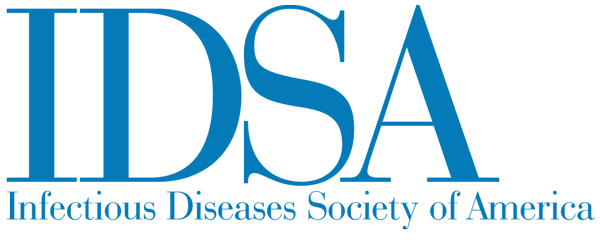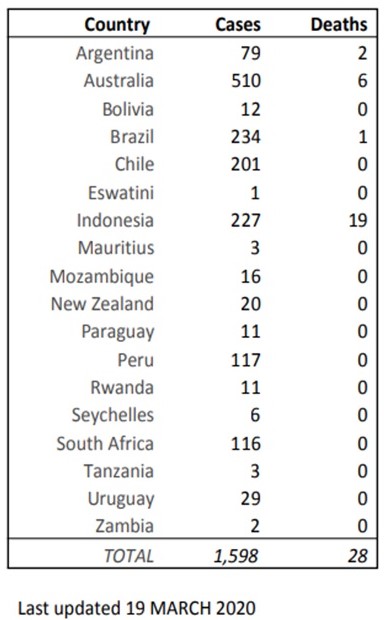COVID-19 virus volcanoes: A global ring of fire pan-epidemics
Facebook Twitter LinkedIn EmailDr. Daniel Lucey, who has responded to, and monitored information on outbreaks since 2001, has provided a series of updates and analysis on what is now the COVID-19 pandemic in Science Speaks posts first published Jan. 7. Recently returned from a trip to Shanghai, Hong Kong and Egypt, he continues to break down developments and data on the spread of the virus.This is his16th update on questions raised by the continued spread of, and responses to the virus that causes COVID-19.
Epicenters of the pandemic so far include parts of: China, Europe, the Middle East, and the United States. These Northern Hemisphere epicenters can be visualized as erupting virus volcanoes in a growing “Ring of Fire”. The COVID-19 pandemic can be conceptualized as a growing series of pan-epidemics that will soon cross the equator and include the Southern Hemisphere: parts of South America, Africa, and Australia.
As of March 19, laboratory-confirmed COVID-19 has been documented in at least 18 countries in the Southern Hemisphere (Table below). Transmission now in Australia, Brazil, Indonesia, and/or South Africa means we should anticipate the virus will spread further in June-September. The world should act accordingly.
Circulation of the SARS-CoV-2 that causes the disease COVID-19 is likely to continue year-round during this initial “wave” of the pandemic. This transmission pattern diverges from that of SARS-CoV-1, the virus that caused the disease SARS in 2002-2003. Thanks to a massive international effort coordinated by the World Health Organization, SARS did not spread in the Southern Hemisphere before transmission was stopped July, 2003 in the Northern Hemisphere.
COVID-19 is likely to follow the pattern of pandemic influenza H1N1 in 2009. Given the lack of human immunity, as now with COVID-19, H1N1 influenza was transmitted through the June-September summer in the Northern Hemisphere, and was transmitted through the simultaneous winter in the Southern Hemisphere. Transmission of this novel influenza virus in the Northern Hemisphere did decrease, but did not stop, in July and August 2009 (U.S. Centers for Disease Control and Prevention: The 2009 H1N1 Pandemic: Summary Highlights, April 2009-April 2010)
For the coming “COVID-19 Winter” in the Southern Hemisphere, as well as the “COVID-19 Summer” in the Northern Hemisphere, any treatment or prophylaxis proven effective through randomized controlled trials will be a “game-changer” based on data.
Table 1. Southern Hemisphere Nations with Cases and Deaths. (Data extracted and tabulated from WHO reports though 19 March 2020 by Nellie Darling, MS).



